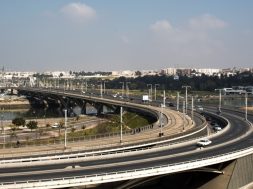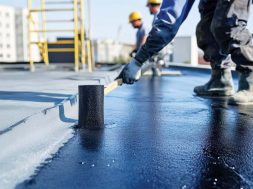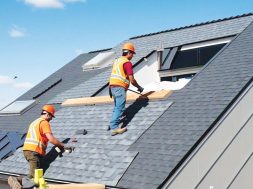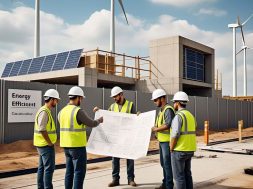PEB reshaping design and sustainability of high-rise buildings

This story discusses the advancements in PEB solutions and how they reshape design and sustainability in high-rise construction. It explores why PEB solutions are a superior choice for high-rise structures and elaborates on the benefits offered by the technology in terms of design and sustainability (people, planet, and profit) concerning high-rise buildings. The article also explores how PEB solutions offer architectural flexibility, customisation, precision and efficiency in design.
As the construction industry in India continues to evolve, with a focus on faster project delivery, compliance with safety and environmental standards, and the need for modern, sustainable infrastructure, pre-engineered building (PEB) systems are becoming a highly viable option for high-rise buildings in commercial, residential, and industrial sectors. These buildings offer a combination of speed, cost-efficiency, flexibility, and durability, making them an increasingly superior choice for high-rise structures in India. The scalability, strength, and technological integration of PEB systems are key factors that support their growing adoption in India’s urban construction landscape of high-rise buildings.

Environmental benefits
PEB is one of the most desirable choices for sustainable and eco-friendly construction, as steel is 100 percent recyclable and can be reused. PEB, thus, is leading the development of green construction technology in India. According to Sameer Jain, Managing Director, Primus Partners, The 2022 Global Status Report for Buildings and Construction finds that the sector accounted for around 37 percent of energy and process-related CO2 emissions in 2021, posing a tremendous need for sustainable alternatives. Since PEBs consist of offsite production of building elements, requiring only transportation and onsite assembly, the process significantly reduces the amount of dust and emissions released during traditional construction. The dust and emissions can be multifold in high-rises when traditional construction methods are used.
With low energy consumption and emissions, one environmental benefit of employing PEBs is the proven record of energy savings. According to a Modular Building Institute and MDPI study, PEB has a per square meter reduction of 86 kg of carbon compared to conventional building methods. This index would be very important for high-rise building construction where the environmental impact is non-linearly multiplied by the scale of the project.
PEBs, with minimal onsite activities, reduce PM2.5 emissions and are one of the prominent contributors to the air quality crisis, opines Sameer. Since much of the construction activity occurs offsite in controlled environments, the usual dust and noise pollution associated with high-rise building projects is vastly reduced. This enhances public health and the local environment for improved air quality and lesser disruption.
Reduced material wastage
Since PEB systems are engineered precisely to meet the required loads, there is no over-engineering. Each component is designed for its specific purpose, resulting in optimised use of steel and other materials, which lowers overall costs and reduces waste, opines Rajesh Ukey, Director, Karmaa SR Consultants. Almost 30 percent of raw materials are wasted when conventional construction methods are employed. However, employing PEB technology reduces this to a mere 1.8 percent, according to the Waste & Resources Action Program (WRAP).
From a sustainability perspective, PEB systems support environmental goals through energy efficiency, recyclability, and lower resource consumption while offering social benefits like safer working conditions and more resilient buildings. Moreover, its economic benefits, including lower construction costs, faster ROI, and long-term operational savings, ensure that PEB technology aligns with the principles of people, planet, and profit in a balanced, sustainable approach to high-rise construction.
Reusability provides long-term sustainability, and prefabricated materials are reusable. This cuts off the need for repeated procurement of raw materials and reduces the waste produced. Thus, increasing PEBs makes the construction process faster, cleaner, and more resource-efficient than previously envisioned, perfectly in line with the global goals of greener cities.
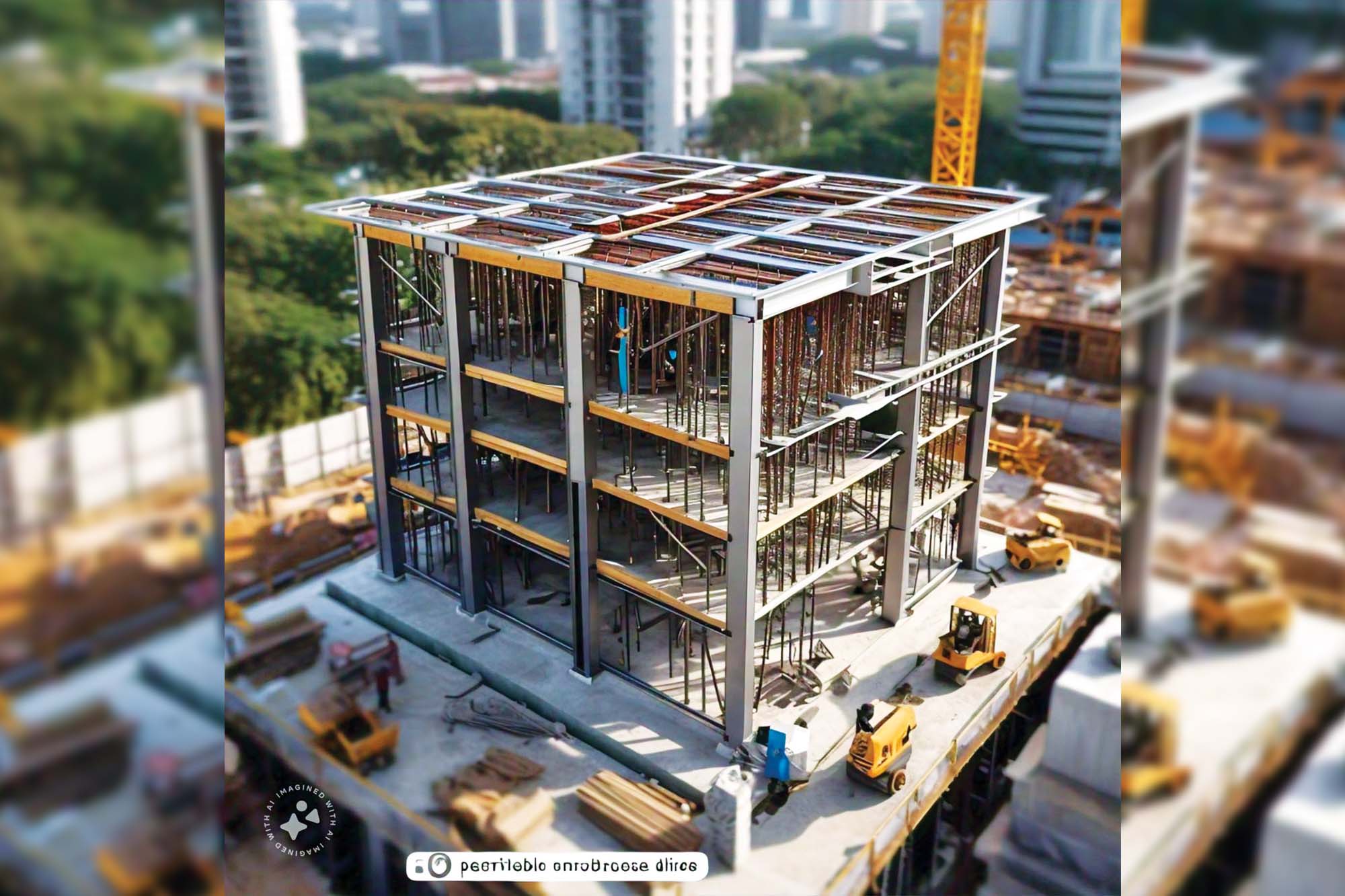
Architectural flexibility and customisation
PEB systems are highly adaptable, allowing architects to design structures with many aesthetic possibilities, from sleek modern skyscrapers to useful forms. Cladding, glass facades, and finishes can be easily integrated with PEB frames, enabling customised designs to suit the building’s functional and visual requirements. PEB structures often use large-span beams and columns, allowing for fewer internal supports. This design flexibility is ideal for high-rise buildings, where maximising open, column-free spaces are critical, especially in commercial offices, residential apartments, or retail spaces. PEB technology allows for modular construction, meaning building sections can be designed and fabricated in a standardised manner, making future expansions, modifications, or adjustments easier. This modularity is useful for high-rise buildings that may need to be scaled over time.
PEB designs are created using advanced 3D modelling tools like Building Information Modeling (BIM) and specialised structural analysis software. This enables precise designs that factor in wind loads, seismic conditions, and building codes, ensuring high-rise buildings are engineered for maximum efficiency. PEB design allows the integration of modern building systems like HVAC, plumbing, electrical, and fire safety systems early in the design process, which reduces onsite conflicts and ensures a more efficient construction process.
PEB solutions present a new face of sustainability in high-rise construction. Minimising waste, reducing emissions, and accelerating project timelines make PEBs a greener and more cost-effective route than conventional construction methods. In urban centres and cities where pollution and environmental issues are pressing, sustainable urbanisation can be achieved with a significant change towards employing PEBs. The technology is a boon in earthquake-prone regions because steel structures offer flexibility and reliability.
Cookie Consent
We use cookies to personalize your experience. By continuing to visit this website you agree to our Terms & Conditions, Privacy Policy and Cookie Policy.




